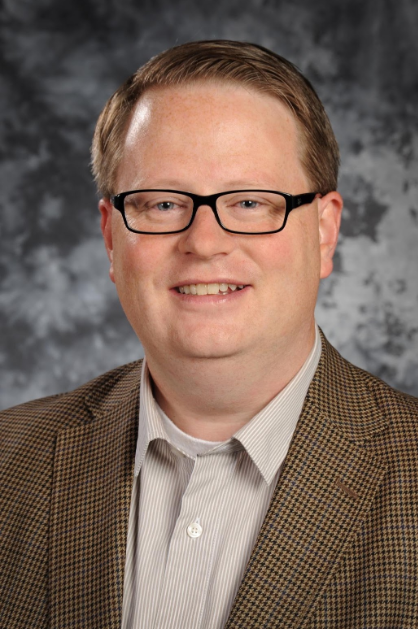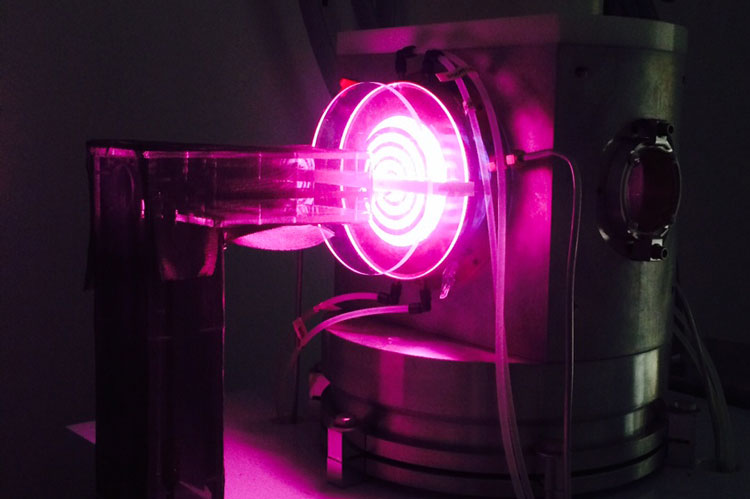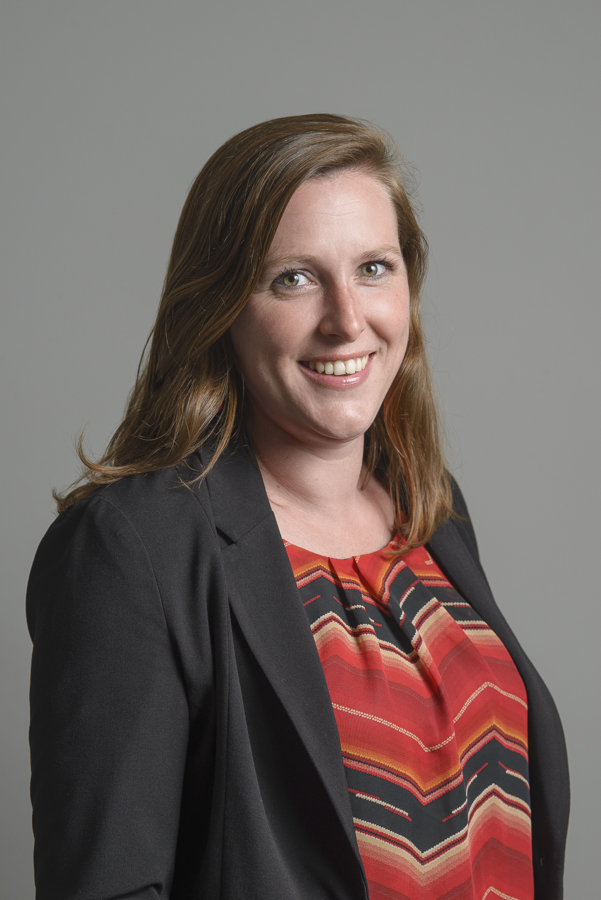Archive for September 2019
Detoxing Nuclear Waste using Molten Salts: Can Nuclear Power be Unchained from Nuclear Proliferation?
SPEAKER: SUNGYEOL CHOI Assistant Professor of Nuclear and Quantum Engineering, Korea Advanced Institute of Science and Technology (KAIST) DATE/TIME: MON, 09/30/2019 – 4:00PM TO 5:00PM LOCATION: 3105 ETCHEVERRY HALL Fall 2019 Colloquium Series Abstract: Regardless of aqueous and non-aqueous techniques, conventional reprocessing is not accessible for many countries running nuclear power plants due to Pu diversion concerns.…
Read More“We’ll Get to That Next!” Why You Shouldn’t Put Off Control Room Design
SPEAKER: RONALD LAURIDS BORING PHD DATE/TIME: MON, 09/23/2019 – 4:00PM TO 5:00PM LOCATION: 3105 ETCHEVERRY HALL Fall 2019 Colloquium Series Abstract: Staffing and control are crucial considerations in the development and licensing of advanced reactors. Advanced reactors do not solve the challenges of human-in-the-loop control through full automation, and it is incorrect to assume that the control…
Read MoreStudents make neutrons dance beneath Berkeley campus
Students make neutrons dance beneath Berkeley campus September 11th, 2018 In an underground vault enclosed by six-foot concrete walls and accessed by a rolling, 25-ton concrete-and-steel door, University of California, Berkeley, students are making neutrons dance to a new tune: one better suited to producing isotopes required for geological dating, police forensics, hospital diagnosis and…
Read MoreCreating a Market for Nuclear Waste Disposal
SPEAKER: Sophie McCallem DATE/TIME: MON, 09/16/2019 – 4:00PM TO 5:00PM LOCATION: 3105 ETCHEVERRY HALL Fall 2019 Colloquium Series Abstract: Disposing of nuclear waste is currently owned and managed by governments and state-run utilities around the world, yet nuclear-spent fuel has yet to be disposed of. This waste currently sits in pools and dry casks above ground waiting…
Read MoreSuperheavy Elements: Berkeley’s role in creating the periodic table
SPEAKER: KIT CHAPMAN DATE/TIME: MON, 09/09/2019 – 4:00PM TO 5:00PM LOCATION: 3105 ETCHEVERRY HALL Fall 2019 Colloquium Series Abstract: The thrilling history of creating elements past uranium – from the first steps during the Manhattan Project to the modern experiments rewriting our understanding of the chemical world. From flying planes into mushroom clouds to some of the…
Read More



